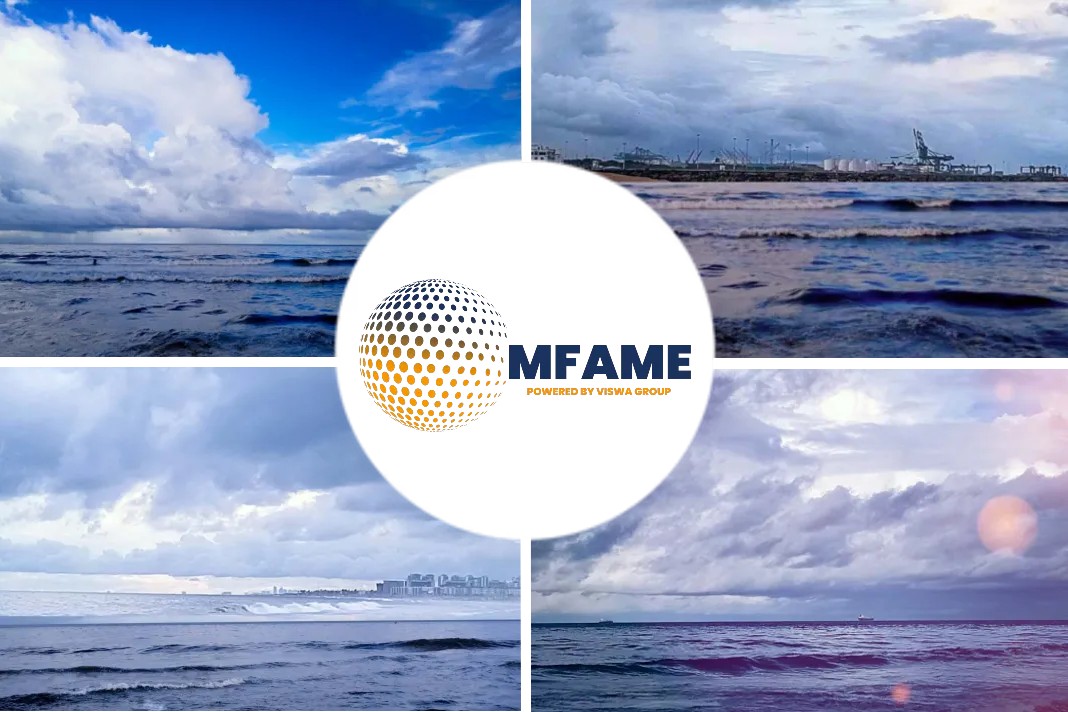Even after choosing your sulphur compliance option and selecting the type of scrubber you want, installations presents a host of other challenges, writes Stevie Knight.
Even the challenges we are already aware of could offer a steep learning curve for many ship owners.
Port space crunch
Erik Haveman, global sales director of exhaust gas cleaning systems at Alfa Laval points out that finding both a drydock slot and installation company to support a tight retrofit schedule “could be a challenge” due to the time pressure from the global fuel sulphur rule from 2020.
Also, Devon Smith of scrubber supplier Pacific Green Technologies, says that, “Installations are going to be limited by drydock space and manufacturing capacity in general.”
Haveman expects Alfa Laval’s longstanding experience with major shipyards and installation companies could smooth the port crunch. Also, Pacific Green believes its manufacturing capacity with PowerChina will have more preference for dry docking capacity being backed by the Chinese state-owned company’s sister organisations.
Despite the assurances of suppliers, there will likely be tremendous pressure on slots. But in-service installations could offer relief for those caught up in the drydock squeeze.
Positive In-service for rescue
In-service installation could be a cheaper option if work can’t be coordinated with regular maintenance.
Don Gregory, chairman of the Exhaust Gas Cleaning Systems Association (EGCSA), an industry group representing scrubber suppliers, expects specialist in-water installation companies to find a place in the installation chain.
Vasilis Potidis, a scrubber retrofit engineering specialist with installation company Cleanship Solutions notes that some elements, below the waterline, usually needs installation during dry docking. But he adds: “A lot can be done alongside on the quay and much of the installation can be continued on the run with fitters onboard.”
One stop scrubber install
“The important thing is going to be getting the right pieces in the right numbers at the right stops,” he says. “Your process logistics and project management both have to be really high class to deal with it. Occasionally you do get a change of orders but even with a vessel on the spot market, it should still be possible.”
An engineering consultant, Intermarine has recently invested in roomy facilities at Portland in the UK, set to offer a complete retrofit package which supports from providing 3D laser scanning and design to installation.
Learning Curve
However, there is still a learning curve besides major company’s past experiences. Neil Anderson of LAB says: “We have to put faith in these installation companies, but there is a learning curve here.”
“For example, there have been issues along the path of the acid wash, not just on the unit itself. There can be some corrosion around the sea chest where seawater is pumped out, so you need to make sure that there’s added protection in this area.”
LAB is looking to develop an approved installer programme that he believes will clarify roles and responsibilities.
Stopped by Class approvals
Delivery and installation aren’t the only areas with potential for delays. According to Gregory class approvals of scrubber installations are “hanging around the 16-week mark” and may get even longer as 2020 nears.
Anders Skibdal, CEO of Danish scrubber designer Pureteq agrees, adding that class societies will find it hard to manage the approval process with their present level of manpower.

Gregory adds: “It’s worth asking your manufacturer if they’ve got a class society on side.”
Even with a relatively straightforward open-loop scrubber installation, there is a lot of guidance that varies from manufacturer to manufacturer, making for some difficult fitting and a bit of uncertainty, says Potidis.
Technical Differences in Guidances
According to DNV GL the overboard should be placed at a point 10 times the pipe’s diameter below the lower waterline: so a 200mm bore pipe will have to be 2m down. That will not always be easy, nor is it always mentioned in guidance from other class societies or manufacturers, he says.
The wash water quality, with monitored values including pH, PAH (oil in water), turbidity and temperature.
However, Potidis explains that according to IMO’s guidelines for exhaust gas cleaning systems (MEPC.259(68)), the pH at discharge should be over 6.5 or a minimum of 6.5 when measured 4m from the output point (with the ship stationary).
“It could demand very large amounts of supply water to be pumped from the sea chest to make sure the output is compliant,” he explains, adding that some manufacturers include a special wash water treatment unit to comply.
Scrubbers will also increase exhaust back pressure, which can affect the thermodynamics of the engine. If it does, then fans need to be installed, meaning more space, more complexity and more power.
Owner or Charter – WHO PAYS?
The question of who pays for the installation when the ship is on hire still remains unanswered, and Gregory expects links to blossom between charterers and owners.
Big chartering companies including Cargill, Glencore and Trafigura are already acknowledging the value of making arrangements with owners to install the technology and reap the financial benefits of running ships on [presumably] lower-priced heavy fuel oil.
Financing may be key, but it is will not be the only challenge faced by ship owners planning to install scrubbers. Even the list of ‘known unknowns’ is long, and while owners prepare for these, the potentially more troublesome unknown unknowns will only emerge as the installed base grows.
Did you subscribe for our daily newsletter?
It’s Free! Click here to Subscribe!
Source: The Motorship



















